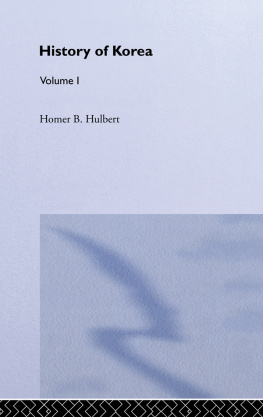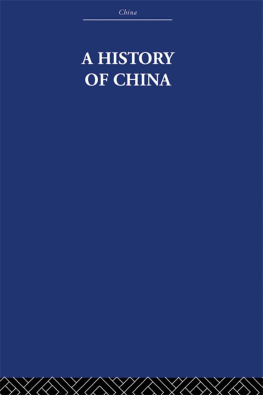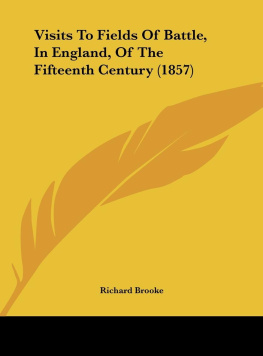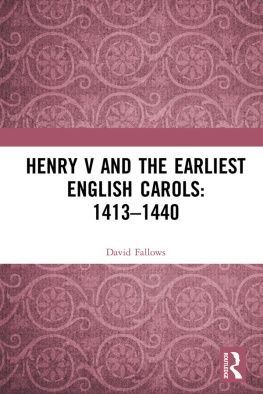THE history of medival medicine, says Prof. E. Nicaise,1 has been divided into four great epochs. The first, lasting from the fifth to the eleventh century, was remarkable for the Arabian school of medicine. The second period embraced the eleventh and twelfth centuries, and witnessed the rise of the schola Salernitana: it was the time of the Crusades and of that intermingling of the East and West from which sprang the marvellous work of the twelfth and thirteenth centuries. The work of the third period was all too short, and was brought to a sudden close by the Black Death which ravaged the world in 13489. It is properly described as the beginning of the modern era, the pre-Renaissanco. A mere list of the Universities established will give some idea of the intellectual activity of the time. Montpellier (1137); Paris (1176); Oxford (1200); Cambridge (1209); Padua (1222); Naples (1224); Salamanca (1230); Toulouse (1230); Orlans (1231); Valladolid (1250); Seville (1254); Coimbra-Lisbon (1290); Lerida (1300); Avignon (1303); Rome (1303); Grenoble (1332); Angers (1337); Pisa (1343); Prague (1347); Florence (1349); Perpignan (1349); Huesca (1359); Cracovia (J364); Pavia (1365); Orange (1365); Vienna (1365); Erfurt (1379); Heidelberg (1385); Cologne (1388); Buda (1389).2 The fourth period was retrograde. Wars abroad and economic troubles at home seemed to have crushed the spirit of the few survivors from the previous generation.
John Arderne belongs to the thirteenth century in spirit and in thought, although the accident of birth placed him in the next generation. He was well educated, and he reflects the current ideas of his time just as every well-educated surgeon at the present day is an epitome of his surroundings. Nothing is known of his history except for the autobiographical details given in the various manuscripts of his works and a small body of floating tradition which has been handed down through the centuries.
BIOGRAPHICAL FACTS.
There seems to be little doubt that he was a member of the family of Ardeme, or Arden, who claimed descent from Saxon times. The best known representative of the family was Turchill or Turketil, styled de Warwic in Domesday, and De Eardene in the Register of Abingdon Abbey, being one of the first here in England that, in imitation of the Normans, assumed a surname.1 The Ardernes were Lords of Watford in Northamptonshire from 1140, and spread thence to Cheshire and Staffordshire. In the Aldford, Cheshire, branch the name of John was borne hereditarily by John de Ardeme (fl. 1220); Sir John de Ardeme (12661308?); Sir John de Arderne (13071349); and John de Arderne (fl. 1332).2 It was possibly the lastnamed John Arderne3 who received a grant of land in Connaught from Edward the Black Prince (Appendix, p. 105), and who is mentioned in John of Gaunts Register4 as having been appointed Seneschal of the manor of Passenham in Northamptonshire on October 7th, 1374. The name of John Ardeme, or John de Arderne, therefore, was well known in London,5 in the midlands and in the counties of Cheshire and Lancaster during the fourteenth century, but there is no evidence forthcoming at present to show to which branch of the family the surgeon belonged.
The date of Ardernes birth is fixed by his own statement that he was eeventy in the first year of the reign of Richard II. Edward III died at Sheen on June 21, 1377, and was immediately succeeded by Richard II. Arderne, therefore, was bom in 1307.6 It is clear too that he practised abroad, for he says that he tried a remedy in foreign parts upon one King and two Bishops.1 I have no doubt in my own mind that the king was John of Gaunt, Roy de Castell et do Leon, Duc de Lancastre, who was always addressed as Monseigneur dEspaigne. 2 In 1376 John of Gaunt was the best hated man in England, says Mr. Sydney Armitage-Smith in his valuable study of his life. It was undesirable, therefore, John Arderne would think, to draw too close attention to the fact that he had once been attached to his person, for the book was written in this very year 1376. The precaution was wise in view of the events which happened when a London mob burnt the Dukes palace at the Savoy in 1381 and killed his physician, merely because he was a trusted and valued friend.3 Mr. Sydney Armitage-Smith4 says that the name of the physician was William de Appleton, and that he was retained by the Duke of Lancaster at 40 marcs per annum for life. An interesting example of the caution which was habitual to Ardern in this matter is to be found in two of the manuscripts in the British Museum. The one 5 tells of a certain noble knight in the service of the Duke of Lancaster at Algeciras, in Spain, who had a sudden attack of facial paralysis, which so twisted his mouth that it was drawn back nearly to his ear and prevented him from speaking. The manuscript continues, I, the aforesaid John Ardern, made a cure of him. The second manuscript6 gives an account of the same case, but, instead of giving any name to the leech who cured him, it merely says for whom the King of Spains doctor made a cure in this way. 7 The latter MS. is a magnificently written copy on vellum, with such carefully executed illustrations that it is usually exhibited in the British Museum as an example of fourteenth-century work. It was possibly a presentation copy to John of Gaunt himself; the first one is a poorly written paper manuscript, such as would have an ordinary circulation. It was copied at a much later date, for the scribe, by mistake, has written Henrici de Arderne, and it belonged to Robert May.







